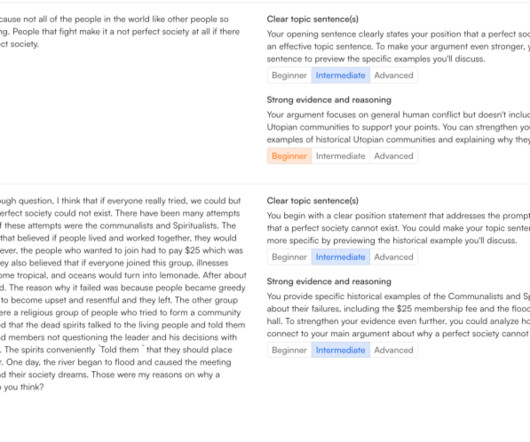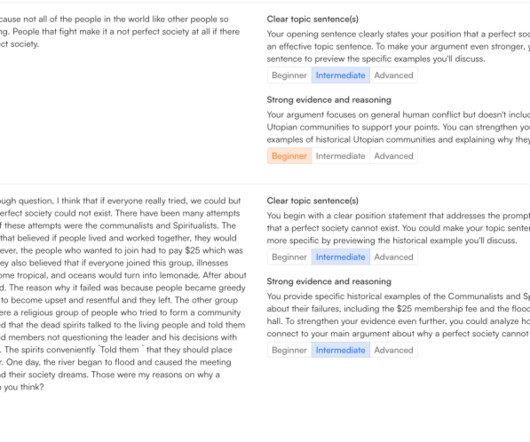If I was teaching Social Studies today…
Dangerously Irrelevant
MAY 31, 2017
It also offers a YouTube channel on which historians discuss their work , making history come alive for contemporary youth. The UC Davis California History Social Science Project frames current events within their historical context , connecting students’ present to the past.













Let's personalize your content